Process: gravity + processing
Drawing No.: D06-4P-004-00 R1
Material: main body A356-T6, insert 40CNiMo
Net weight: 1.092 grams
Gross weight: 1.42KG
Surface requirements: plastic spraying (Ra9007)
With gate After cutting
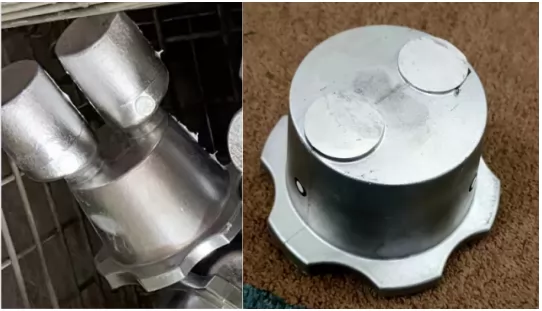
Mold basic information:
Mold size: 200*200*160
Mold material: 40Cr
Mold weight: 36KG
Molding method: 1 out 1
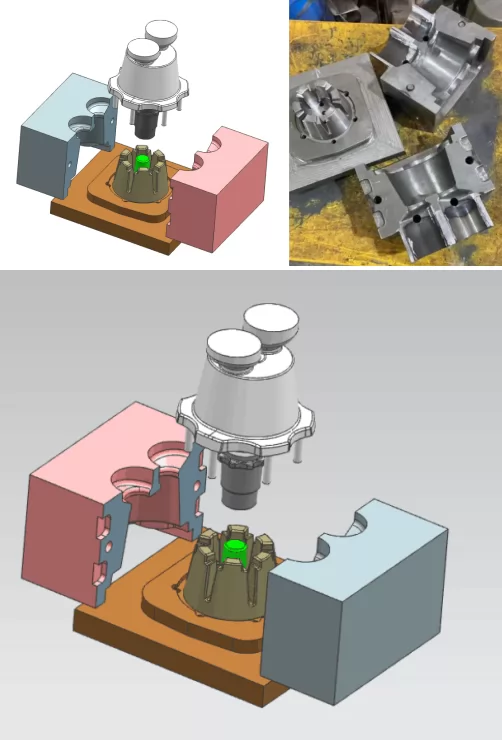
Die size: Ø200*180
Mold material: tungsten steel
Mold weight: 45KG
Molding method: 1 out 1
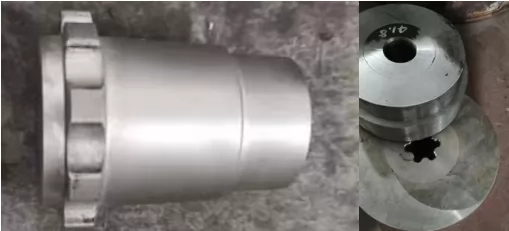
Gravity casting process:
Mold making-casting-removing head-heat treatment-shot blasting-turning outer diameter, bottom hole-turning reverse side-drilling (Ø10)-punching, tapping M6 thread-pull keyway-spraying-packaging
Cold extrusion process:
Mold making - blanking - annealing - phosphorus saponification - cold extrusion - heat treatment - shot blasting
Processing surface red means:
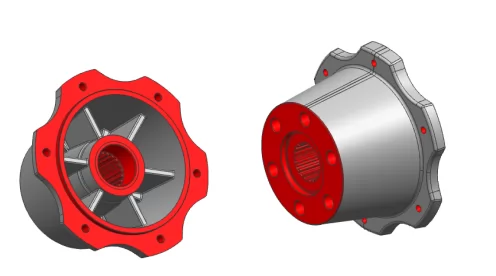
Problems with blanks:
Appearance: Pinch marks appear on the outer diameter
Reason: When drilling, the three claws were pinched, and the tooling needs to be improved
Appearance: There are burrs on the edge of the rough machining hole, and the rough machining hole diameter needs to be sent to the factory for rough drawing
The shot blasting inside the cavity is not clean and needs to be the same as the outside
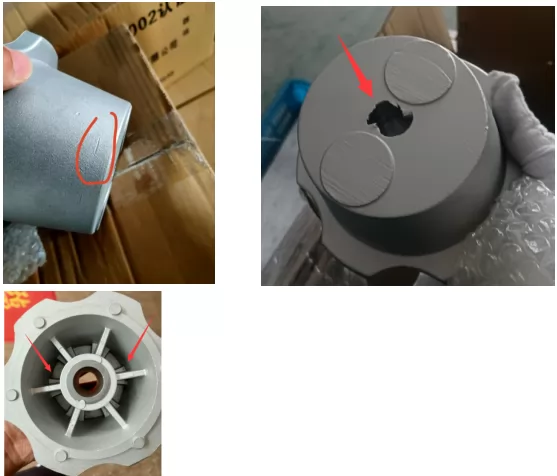
Detection process, problem feedback:
Special go-no-go gauge for detecting splines
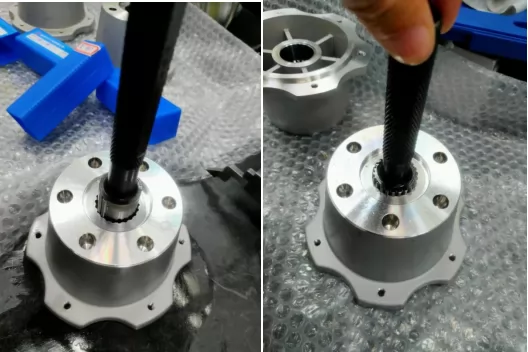
Insert hardness testing, control 250-280HB
Body hardness testing, control 85-100HB
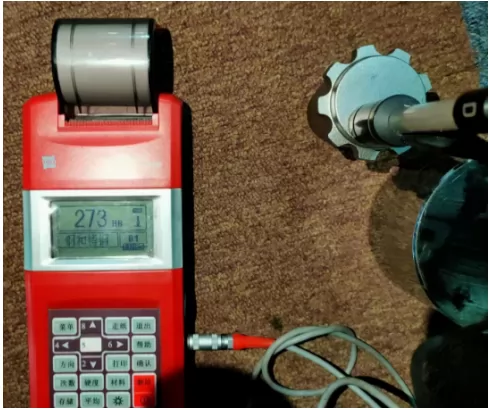
The castings have been inspected by radiographs and conform to the third-level standard of ISO10049
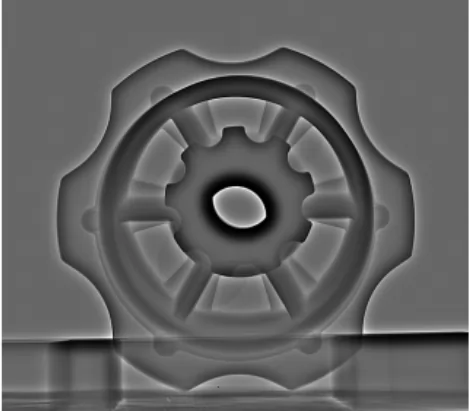
Phenomenon: uneven chamfering
Reason analysis: The outer diameter of the blank in the first clamping has a large jump, and the fixture needs to be adjusted
Phenomenon: After plastic spraying, the inner hole of Ø10 cannot pass the regulation
Cause Analysis:
1. The inner hole has achieved a lower difference (recommended to be equipped with an inner diameter gauge)
2. A small amount of plastic powder enters
Measure 1: Processing after plastic spraying
Measure 2: Improve spray masking tools
The processing surface is filled with plastic powder, and the masking tool needs to be improved
Summarize:
1. Before processing, it is necessary to detect the hardness of the body, stretch the test rod, and confirm that it is qualified before processing
2. Castings are tested for Brinell hardness according to ISO 6506-1, and the control range is above 85HB
3. The castings have been inspected by radiographs and conform to the third-level standard of ISO10049
4. The thickness of the coating must be 80-100 microns
5. Castings are subjected to salt spray test for 24 hours according to is09227 / astm b117, to ensure that no red rust is observed at the end of the salt spray test, once for each batch
The spray masking tool needs to be re-customized







.png)


.png) +86-574-83036520
+86-574-83036520 +86-574-83008051
+86-574-83008051 sales@innovaw.com
sales@innovaw.com

.png)

.png)
.png)
.png)

.png)
.png)
.png)









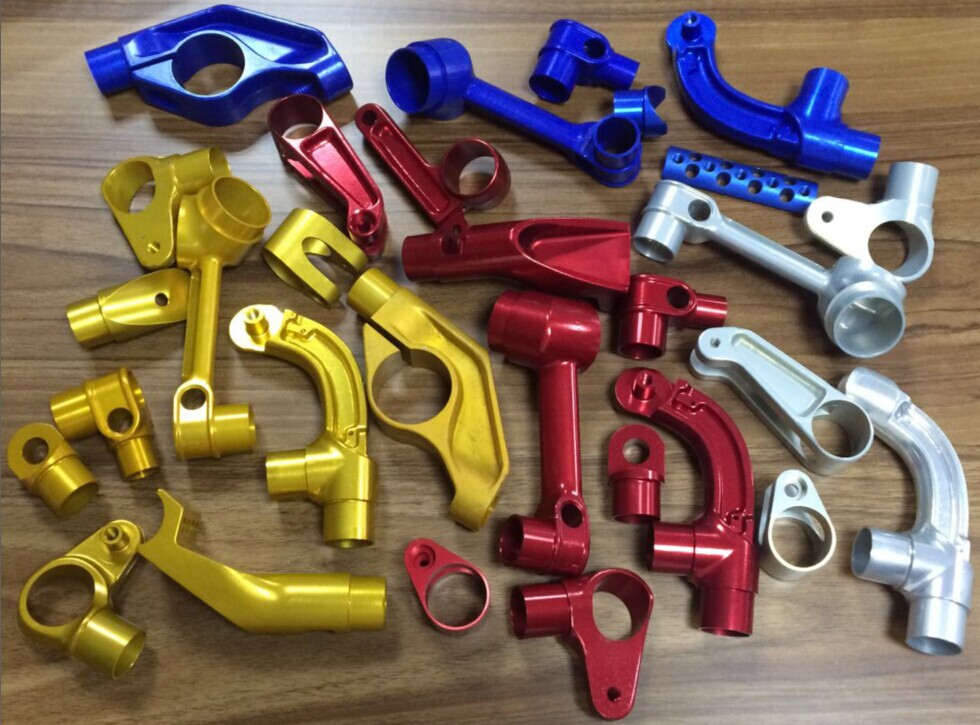
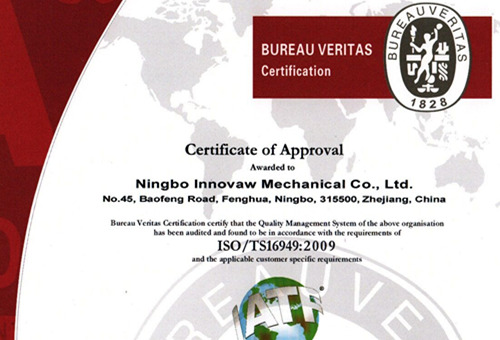






.png)

